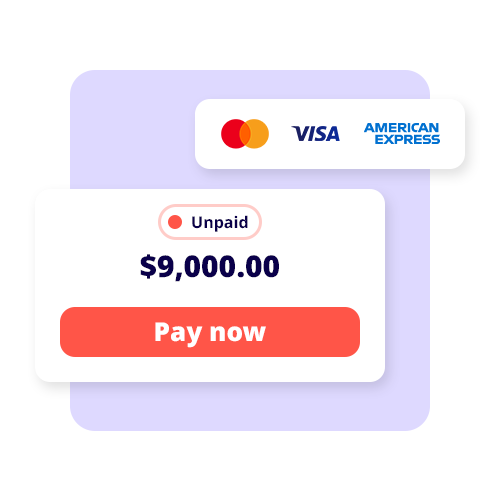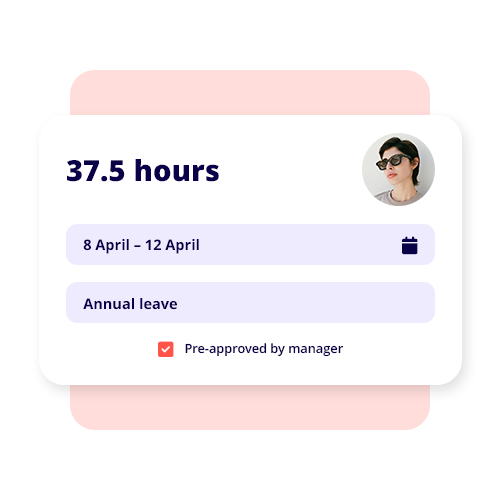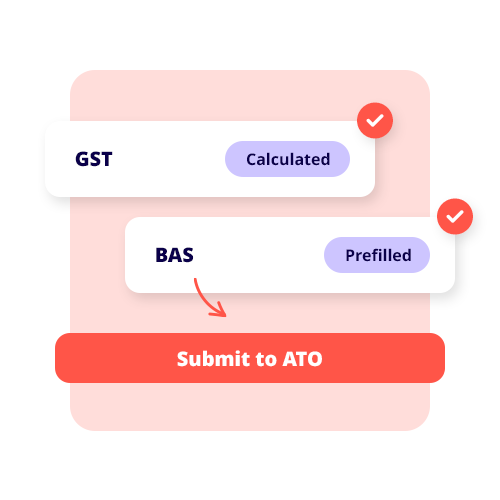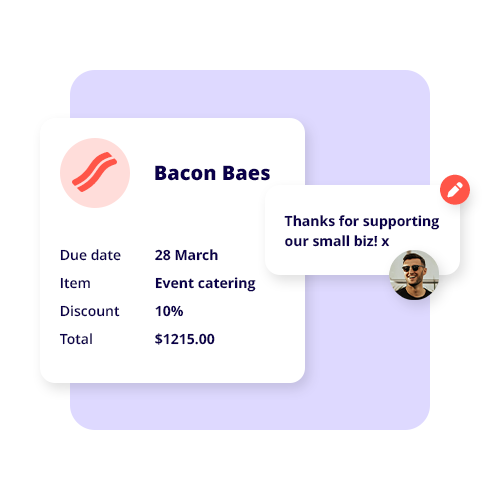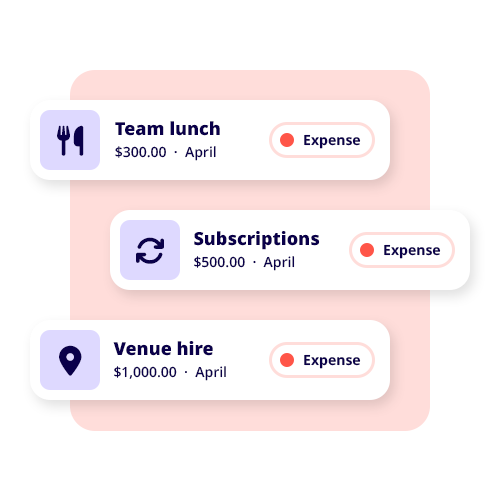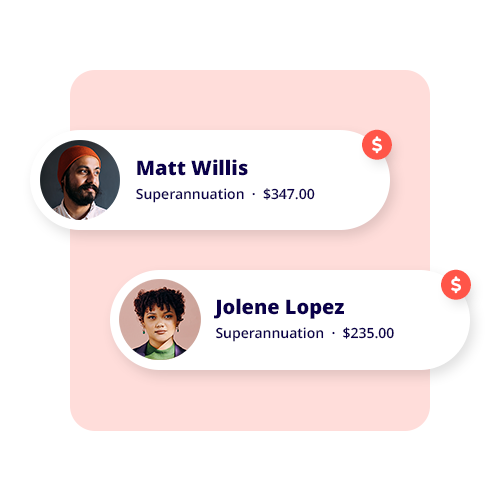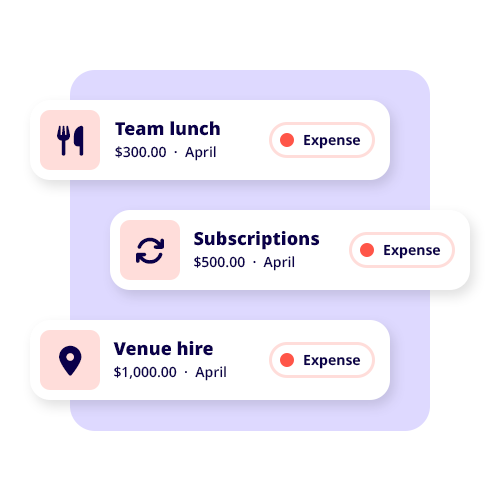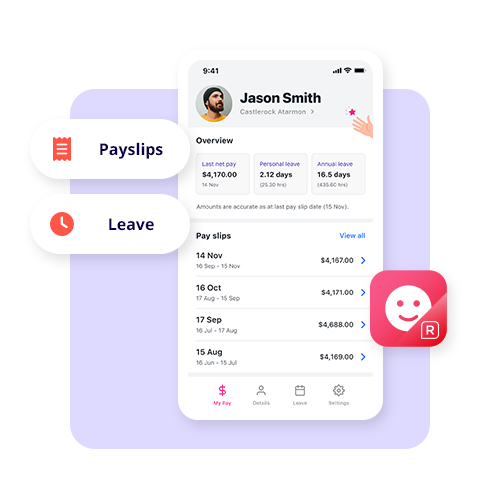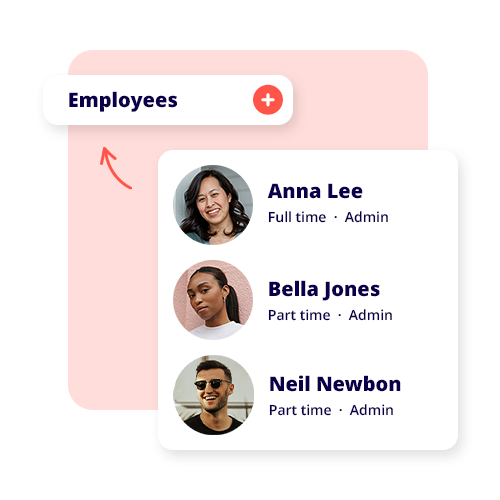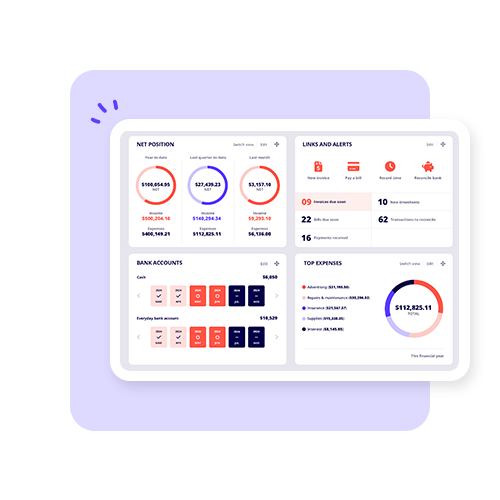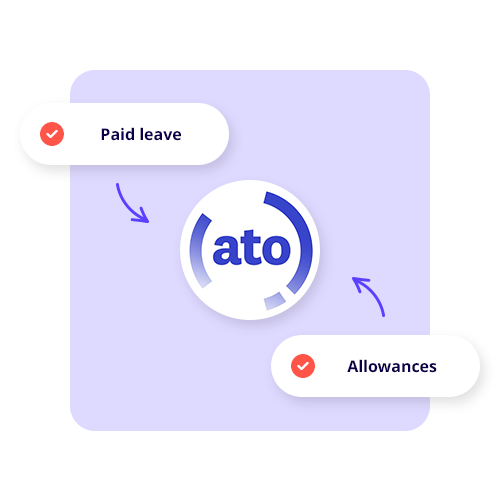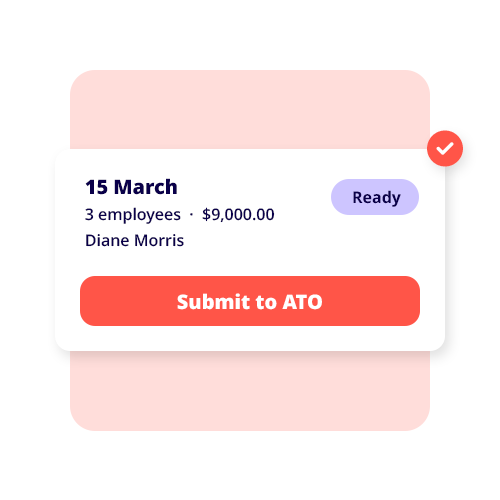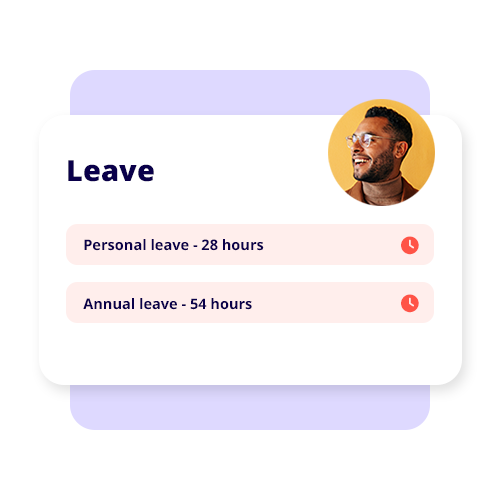TABLE OF CONTENTS
The employee choice pathway comes into effect from 26 August 2025 for small businesses. Since 26 February, larger Australian companies have had to follow the new workplace policy, which provides casual employees with a path to permanency at their workplace via the ‘Closing Loopholes’ law. With the requirement looming for small businesses, let’s examine the change and its impact on you.
What is the Employee Choice Pathway?
According to the Fair Work Ombudsman, under the employee choice pathway, casual employees can approach their employer and request permanent working arrangements, such as part-time or full-time employment. For small businesses that have 14 or fewer employees, casuals must meet specific requirements to be eligible:
- Currently employed and has been employed for at least 12 months.
- No longer meets the definition of a casual employee.
How does the Employee Choice Pathway affect my business?
As a small business employer, the process of transitioning your employees from casual to permanent is no longer just driven by your needs. The employee choice pathway gives workers the power to pursue permanent employment on their terms (if eligible).
If a casual meets the criteria in a business, they can exercise their right and pursue permanent employment. Employers are required to respond with either an acceptance and a new contract for the employee or a refusal, accompanied by a justification for the refusal. If refusal is given without a justified reason, the employee can take the matter to the Fair Work Commission.
Key Components of the Employee Choice Pathway
There are several components of the employee choice pathway which employers need to be aware of.
Casual Worker Definition
Employers need to understand what constitutes casual employment, as the designation impacts whether an employee can transition to permanent employment. A casual worker is defined as:
- The employment relationship is not subject to a firm, advanced commitment. This could be interpreted as the employees’ commitment to the role, as well as other factors such as the role’s status and whether continued employment is uncertain or temporary.
- The worker is entitled to casual loading/penalties under a specific award, enterprise agreement, or employee contract.
Notice to Change Employment
This is where the casual employee signals their intention to pursue permanent employment. For an employee to submit this notice, they must have been employed by the small business continuously for 12 months or more and no longer meet the definition of a casual worker.
Employer Response
Once an employer receives this notice, they have 21 days to respond. During that time, the employer can discuss permanent employment with the employee. Once a decision has been made, the employer needs to either accept or reject the notice.
If the notice is accepted, the employer transitions the casual worker to a permanent position via a new contract/employment agreement. If the notice is rejected, the employer needs to provide a justified reason, such as:
- The employee still meets the definition of a casual employee.
- The role is temporary and will not continue beyond its current term.
- The business’s operations will be severely affected.
- The change will break the rules of an enterprise agreement or award.
- The change violates the recruitment and hiring procedures for the role.
Outcomes
If the notice is accepted, the path forward is relatively simple; the employer just follows their procedures. But rejection can be complicated. If the employee believes the reason is unjustified, they can take their employer to the Fair Work Commission. It is also important to note that no adverse consequences can be taken against a casual looking to transition.
Employee Choice Pathway Example
To understand how the employee choice pathway works, let’s look at an example.
Scenario: Retail Casual
Clair is a casual assistant at a small retail store. She is one of seven employees and has been working there for 15 months. She has set days on which she works: Mondays, Tuesdays, and Thursdays. Clair receives her rostered shifts a few weeks in advance. Clair believes that these circumstances confirm her eligibility for permanent employment by:
- Having consistent and structured work (predictable rostered shifts)
- There is a reasonable expectation that the work will continue (Advance notice of shifts and nature of work)
- Length of tenure (12 months of continuous work)
In the instance of a notice, the employer needs to confirm that the criteria Clair outlines are accurate and that there are no mitigating factors that could justify refusal. Clair’s employer acknowledges that Clair’s responsibilities and employment have been consistent, and agrees to transition her to a permanent part-time role.
This scenario highlights a relatively straightforward transition for an employee; however, casual workers are often not privy to how a business operates. If there is justification for refusing a transition, it must be communicated clearly. Say if Clair’s employer rejects the notice because the role is being wound down. Clair can’t be faulted for not knowing this information, but it also stands to reason that if that were the case, Clair would need to have had this communicated to her.
What employers can’t do is fire a casual worker by citing a phase-out of the role, only to rehire someone else for a similar casual role; this would result in a legitimate case of wrongful dismissal and circumventing the employee choice pathway.
What Small Businesses Can Do
Small businesses can prepare for the new change by having a discussion with their casual staff about the changes. If everyone is on the same page, then the likelihood of miscommunication and misunderstanding is low. Additionally, small businesses must be prepared to transition staff if they meet the requirements. This can be a good opportunity to review your payroll systems and identify which workers would be good candidates to transition.

























